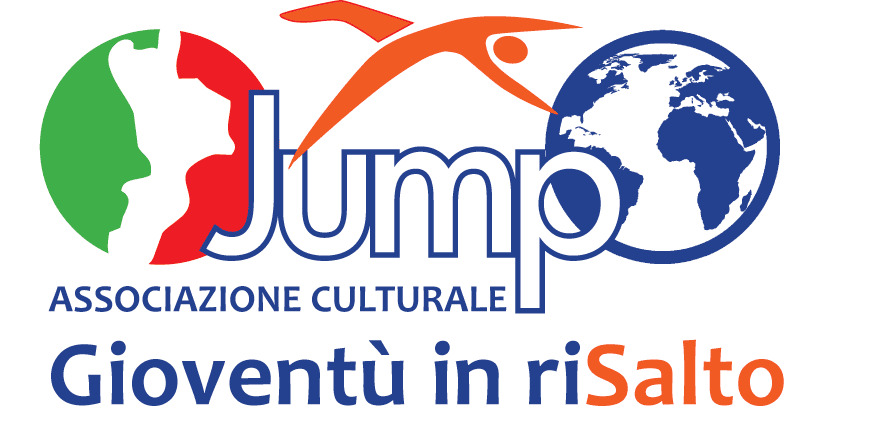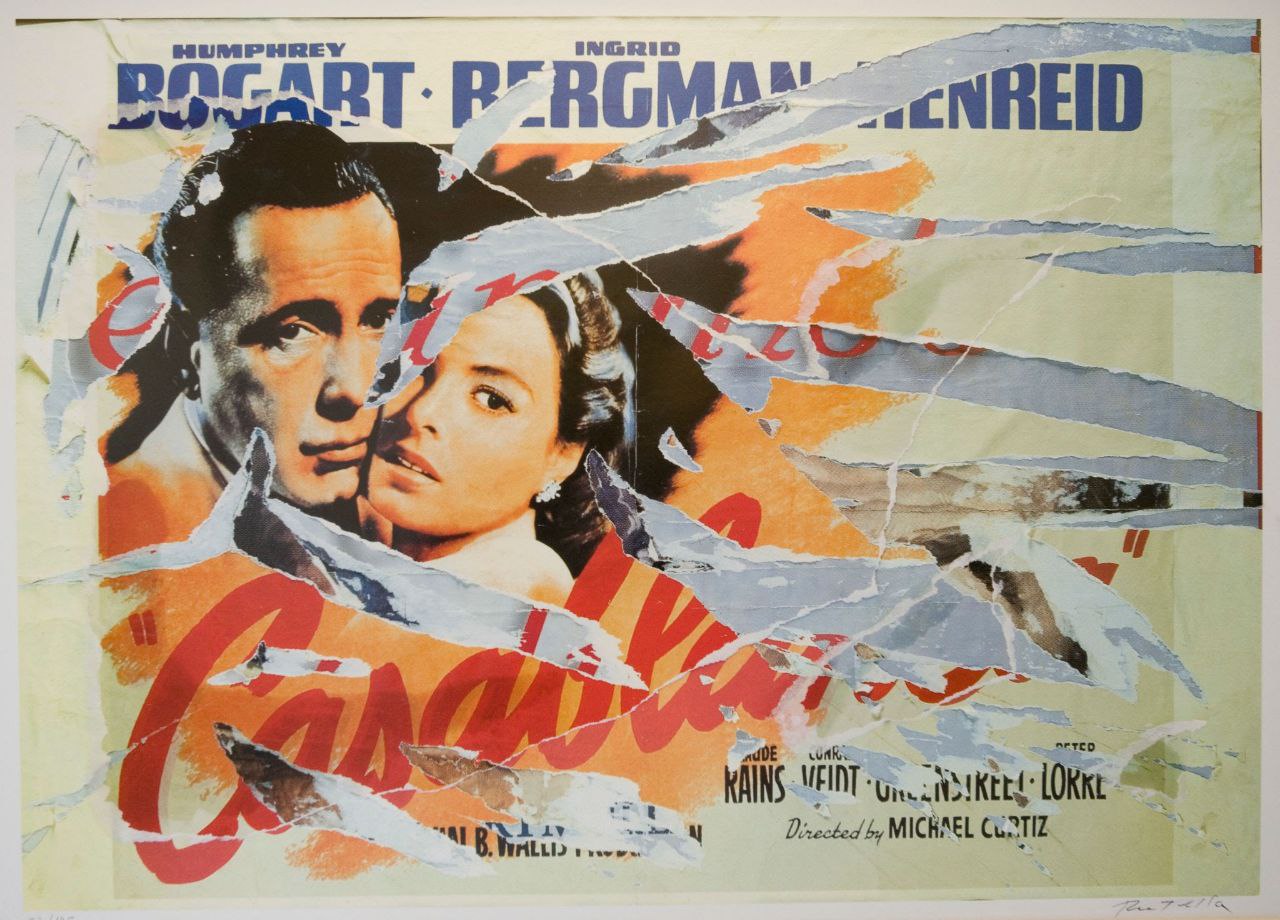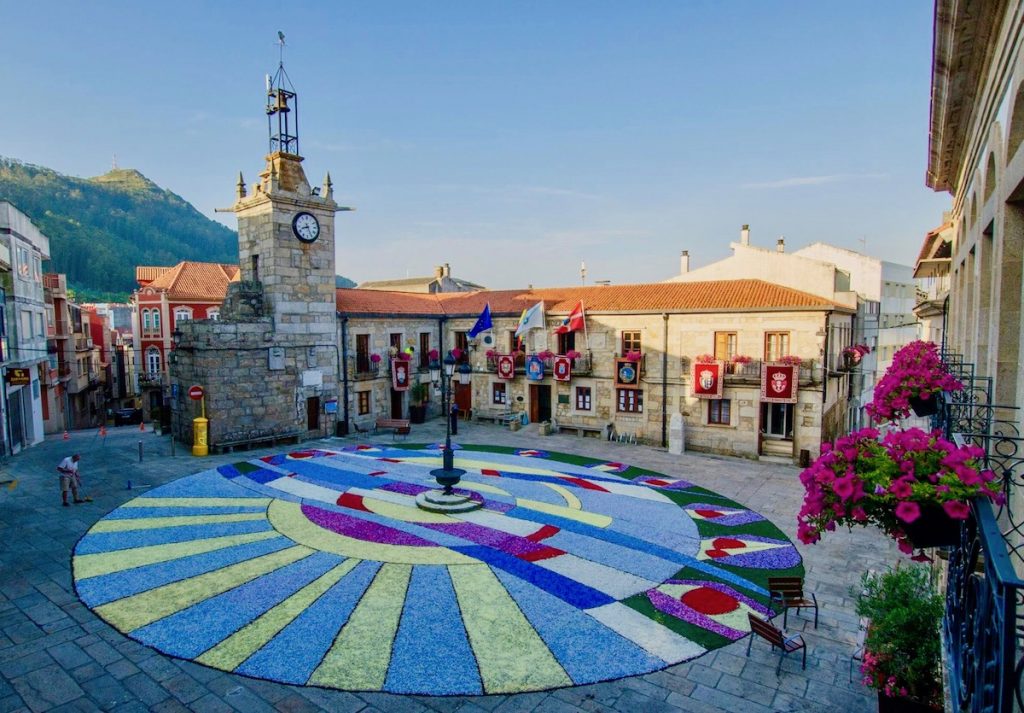
By Francesca Politi - JUMP Team
The native land is the soil from which people draw the necessary elements for their growth and development. Mimmo Rotella, exponent of the art of décollage, expressed himself about his calabrian roots saying «I had the good fortune to be born in the land that formerly was the Magna Graecia. Pitagora used to live in Crotone, a few miles away from my house. Millenniums of human life have passed since then, but the breeding ground is the same. We are born with magic, it is a genetic knowledge». The ability to arouse magic is a great gift, especially in the field of art.
Born in 1918 in Catanzaro, Mimmo Rotella started his artistic career as a figurative painter, then he developed an abstract and geometrical style. During a moment of crisis, while convinced that everything artistically possible has already been done, he rediscovered advertising posters plastered on the walls of cities as new means of artistic expression, redirecting his investigation towards abstract art. In so doing, he coined a new form of art: the so-called decollage. At the origin of this idea there is an epiphany that took place after noticing a lacered poster at the end of a street.
But what is it about? Decollage is the opposite of collage: instead of assembling pictures from different contexts and add materials, the artist removes substance producing cuts that reveal different layers. In a period of great change such as the italian economic boom, the artist became a spokesperson for the aesthetics of consumption. Art and advertising become one in a perfect balance between compositional rigor and the randomness of tearing. His artistic statement became social and political. Later he devoted himself to figurative Décollage and created the Cinecittà series, using figures and faces from film posters. Marilyn Monroe became one of the icons of his work, recalling one of the main subjects portrayed by Andy Warhol, leader of pop art. However his greatest source of inspiration was the plastic lyricism of Lucio Fontana; they shared the ability to create “new spaces” with their graphic signs. Rotella highlights a street language, abstract and poetic in different phases: initial geometrical and pre-décollages works, the decollages and the verso of torn street posters, the artypo and emulsified canvases, the blanks, and the overpaintings. During his career he became associated with the Lettrism movement and became known as one of Les Affichistes, an artist group credited as the forefathers of Street Art. Just as important, he was a protagonist of the “New Realism” movement.



